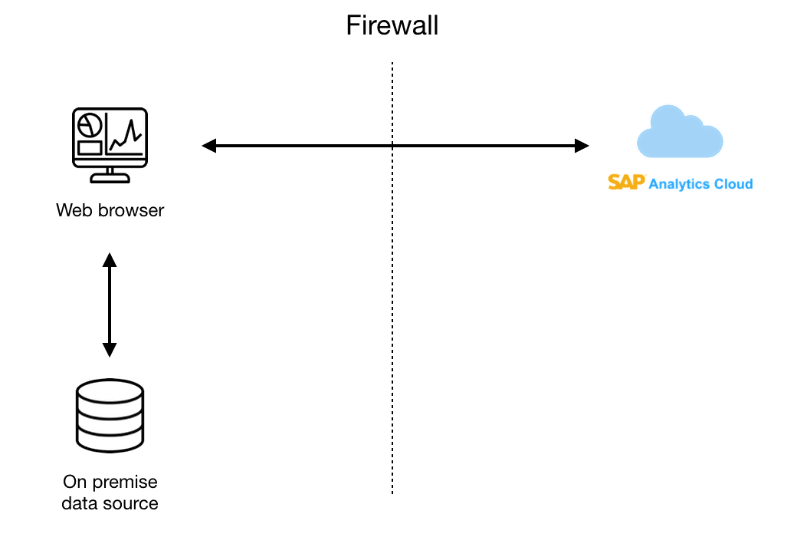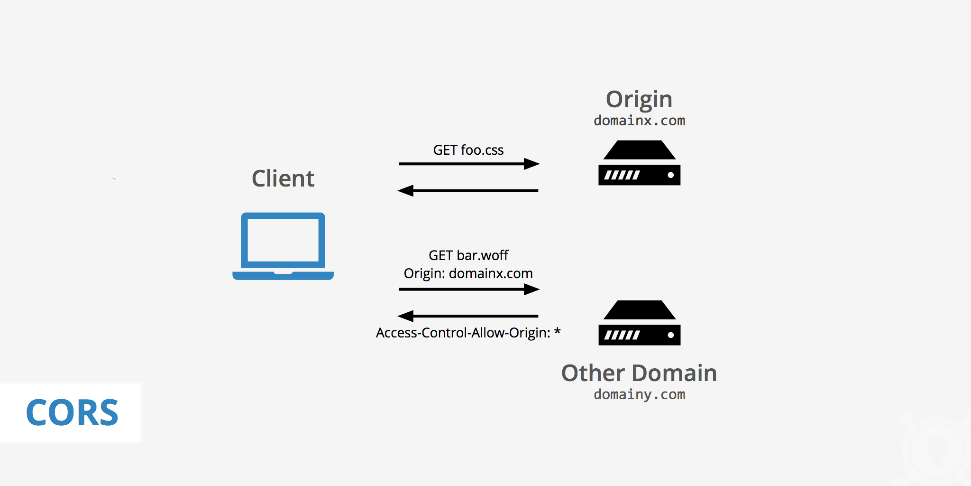I don’t want my database in the cloud!
You’re not alone. Some companies may not wish to move their entire data infrastructure to the cloud, with concerns ranging from exposing data through public services, the reliability of the environment or potential intercepts. Some see it as unnecessary replication of infrastructure investments already made in house, or as yet another data silo to manage and synchronise.
However, there’s no reason that these companies can’t benefit from using SAP Analytics Cloud - it just requires a different implementation model in order to work with their on-premise environment. When correctly configured, there’s no exposure of your data to the cloud.
What are the benefits of using SAP Analytics Cloud?
SAP Analytics Cloud is the top-ranked solution for business intelligence, planning and augmented analytics. It provides pretty much everything you might expect from an analytical platform, with continuous updates adding new features.
From a business perspective, it makes sense to get rid of all the associated maintenance, upgrades and associated cumbersome tasks necessary to keep your in-house visualisation platform running.
Let SAP Analytics Cloud handle that and instead invest in improving your business data, whether that’s increasing data quality or improvements to data integration and KPIs.
With the proposed architecture, you will also benefit from a live connection, with all that brings with it: real-time data, no extra storage, one single version of data and lower maintenance (ETL, etc).
And yes, we promise your data will not go anywhere near the cloud. It will stay in your on-premise infrastructure. Here’s how.
Three tier architecture - with a twist
Three-tier architecture has been around for a while. It is implemented in almost any application you might think, for example Facebook, Twitter, or even your legacy ERP system. The architecture we are explaining in this blog is still an example of three-tier architecture, but with a small adjustment - changing how these tiers interact.
Traditionally, the three tiers where orchestrated sequentially, meaning the client performed petitions to the application server, which in turn initiated petitions to the database, and finally the application server formalised the client petition.
Introducing Cross Origin Resource Sharing (CORS)
CORS is a specification that enables truly open access across domain-boundaries. With CORS, the client initiates petitions to both the application server and the database, both in parallel, and formalises the final petition on the client side. And, most importantly, since the database petition is performed from the client, which is inside the on-premise infrastructure, data will never be transferred to the cloud.
This would not be possible with traditional three-tier architecture, since the application server (SAP Analytics Cloud) would be on the cloud and data would have to travel from on-premise to the cloud.
So how does CORS facilitate our use case?
Let’s look again at our architecture. CORS will allow an application to use two domains: one domain will be SAP Analytics Cloud, and the other domain will be the on-premise data source.
Once CORS is configured properly, it will allow a web browser (client) to consume SAP Analytical Cloud resources (application) and on-premise resources (database). Finally, the client web browser will insert the data retrieved from the database inside the application files retrieved from SAP Analytics Cloud.
In the above diagram, Origin would be SAP Analytics Cloud, while Other Domain would be the on-premise data source.
Can I implement this solution on my on-premise landscape?
The short answer is - most likely yes.
SAP Analytics Cloud provides out-of-the box connectivity with SAP Business Warehouse, SAP HANA, S/4 HANA and SAP Universe. Additionally, we work with partners to extend connectivity to 150 different data sources, such as MySQL, Oracle, Teradata, Snowflake, Salesforce, Amazon S3, Redshift, Hadoop, DB2, Google BigQuery… to name but a few.
Can I see a demonstration of this in action?
Yes, of course. Get in touch with us to discuss how this solution might be helpful for your business, and book in a one-to-one walkthrough with one of our expert SAP consultants.



